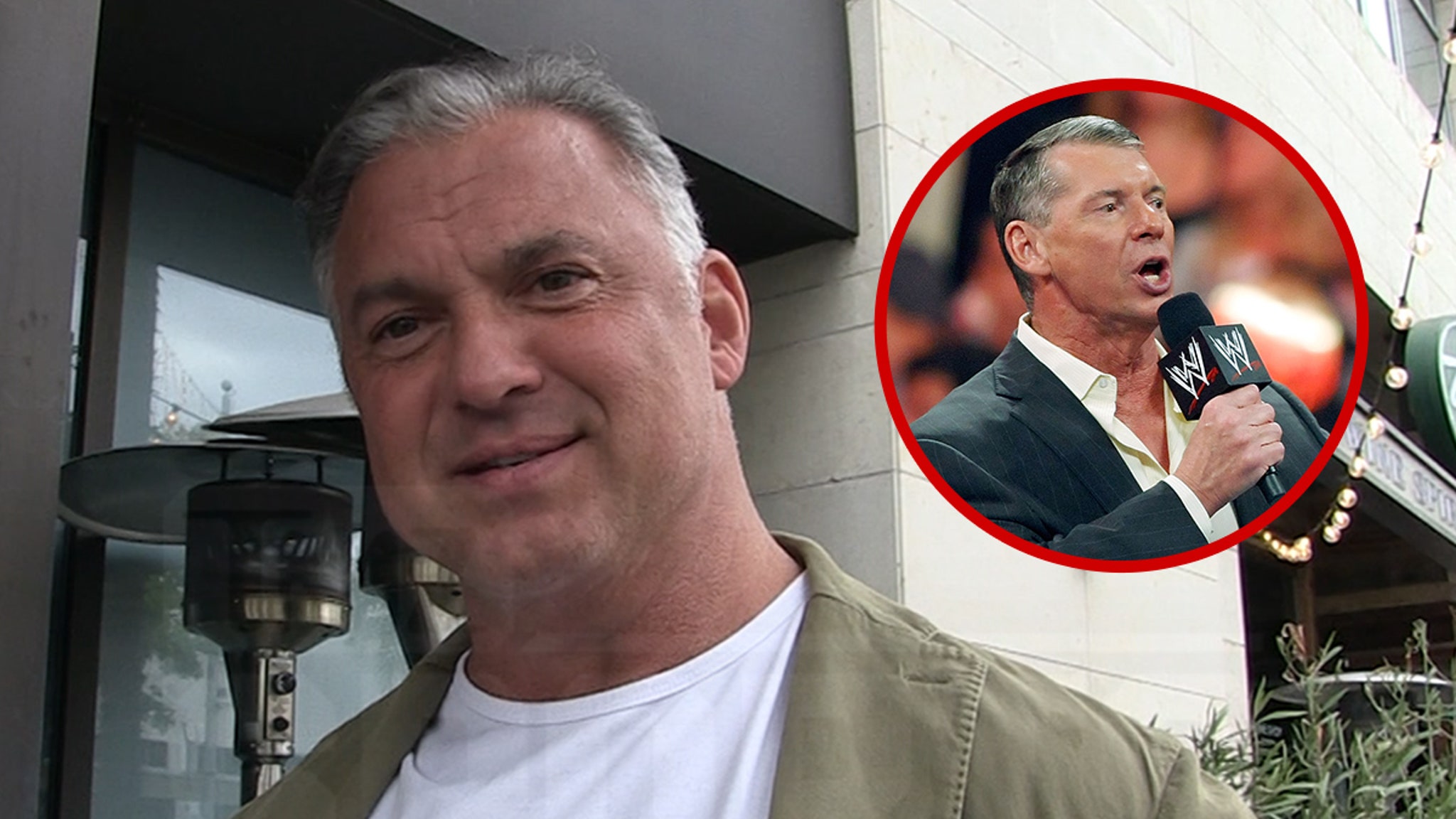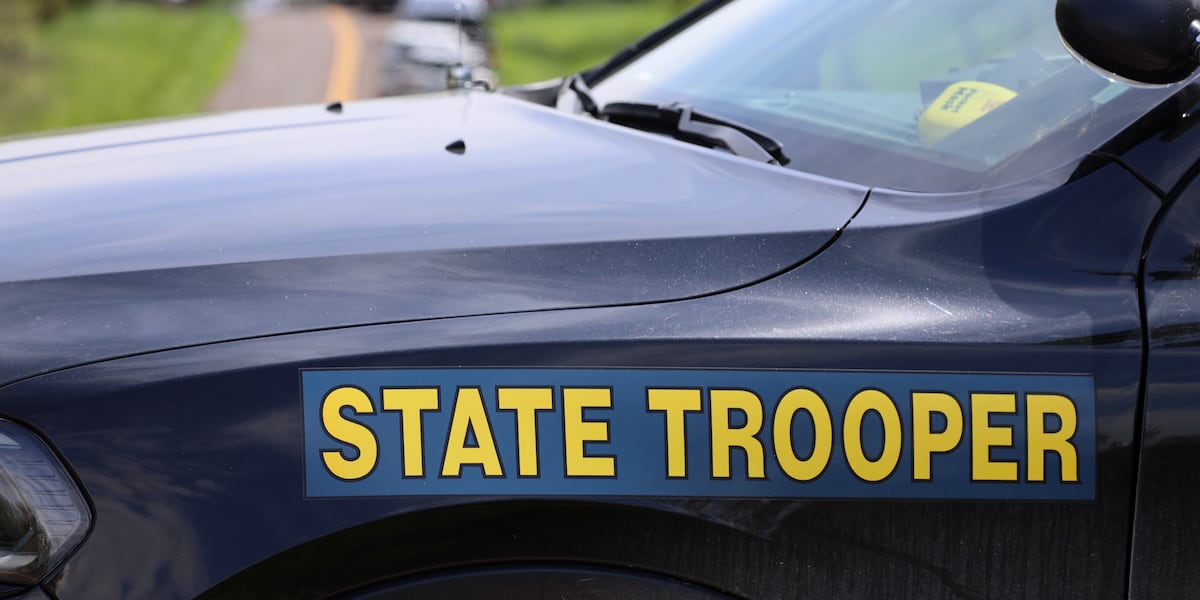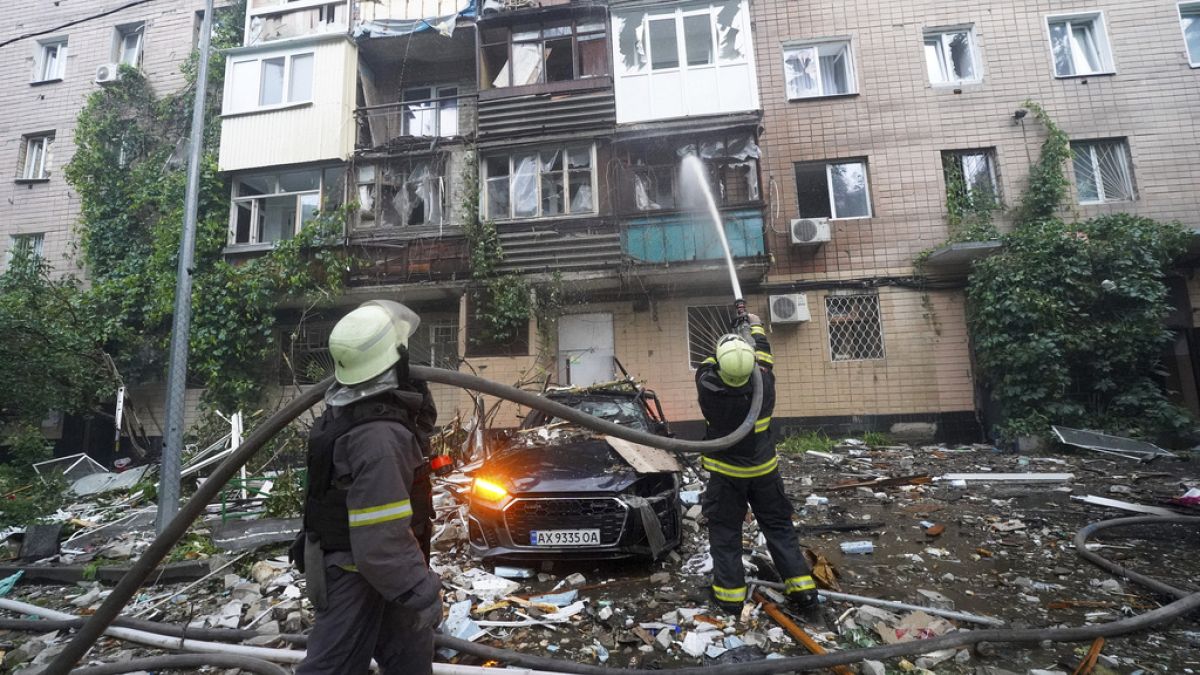Delaware
Delaware sits at the center of life science leadership. We should capitalize on that more
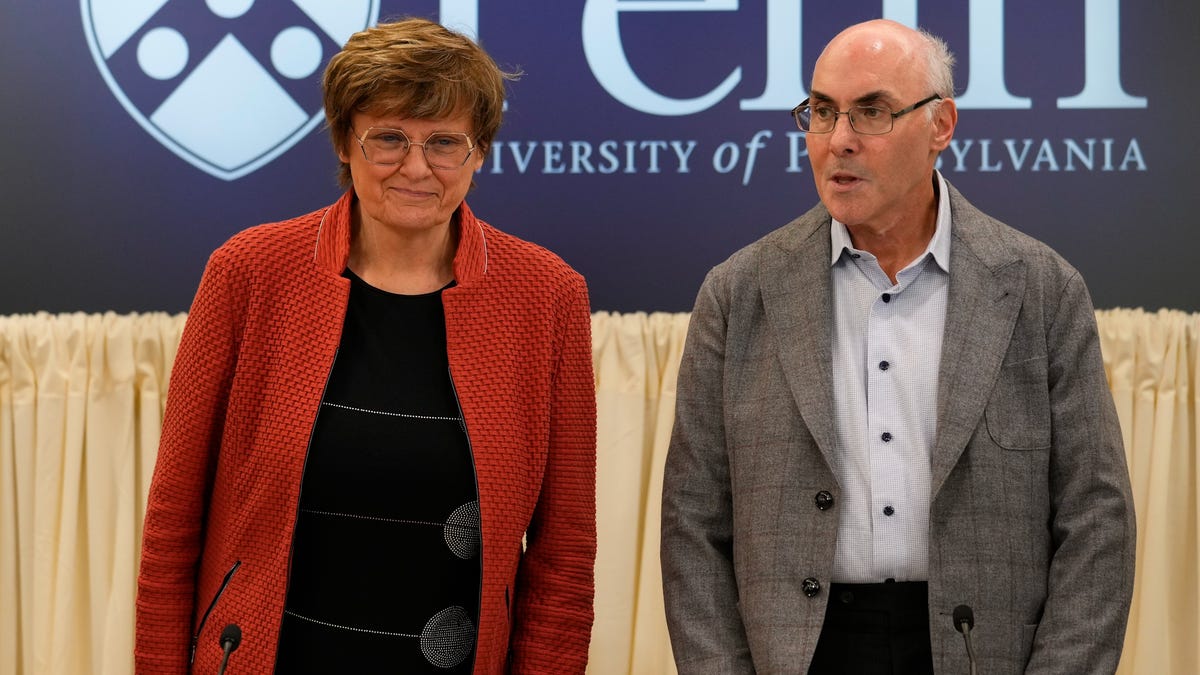
3-minute read
“You did it, and so young!” Proud mom reacts to son’s Nobel Prize win
Scientist and physician Drew Weissman, who won the 2023 Nobel Prize in Medicine, calls his parents to share the good news.
Earlier this fall, two area researchers were awarded the Nobel Prize for their pioneering discoveries in mRNA. The “groundbreaking findings” of these University of Pennsylvania scientists, Katalin Karikó and Drew Weissman, were instrumental in the development of mRNA vaccines against COVID-19.
It is remarkable to consider such world-altering efforts took place in our backyard — and perhaps even more striking that it took a Nobel Prize for most people to learn of it. Serious researchers are typically not inclined to toot their own horn and even if they are, their institutions are often challenged to effectively communicate the importance and relevance of their work.
Yet stories such as Professor Karikó and Weissman’s are all around us, certainly in abundance across our region and state.
I know this as the leader of the organization charged with growing and promoting the innovation and impact of Delaware’s life science sector, including both academic and private sector research and product and technology development. And I can also confidently say as a board member of the national group representing state bioscience associations that most of my peers from across the country are doing everything they can to replicate what we have.
We are incredibly fortunate to sit in an epicenter of the life sciences at a time when advances are accelerating through the application of new technologies like machine learning and AI, transforming human health and our economy in the process.
The newest edition of the Delaware Journal of Public Health offers a powerful testimonial to support that proposition. Here you will read of one new company’s exciting efforts to develop a vaccine platform to prevent infections caused by anti-microbial resistance; another firm is advancing a novel approach to treating severe atopic allergic diseases that are increasingly prevalent; and an industry leader writes of a strategy to advance biopharmaceutical manufacturing by fostering collaboration among biopharma, lab informatics, healthcare systems and academia.
More perspective: 2023 Nobel Prize winner was dismissed for decades. But her mRNA work led to COVID vaccine.
Beyond this cutting-edge research, we learn in this edition about strategic investments and programs to grow our STEM talent workforce in Delaware, including a targeted effort to engage underrepresented populations in the immense career opportunities in life science manufacturing and design and programmatic rollout of the creative CRISPR in a Box education kit that teaches high school students how to perform a gene transformation with CRISPR in a short three-hour experiment.
Each day, thousands of Delaware BioScience community members head to work inspired by a passion for science and a commitment to help people live happier, healthier and more productive lives. There is no industry that simultaneously does more to impact public health and our economic fortunes and possibilities. We are grateful to the Delaware Academy of Medicine and the Delaware Public Health Association for this opportunity to share a small example of the extraordinary work of our dedicated companies, researchers and partners that demonstrates the promise and critical value the life sciences bring to our state and indeed, world.
Michael Fleming is president of the Delaware BioScience Association.

Delaware
Delaware City residents angry over repeated emissions from refinery
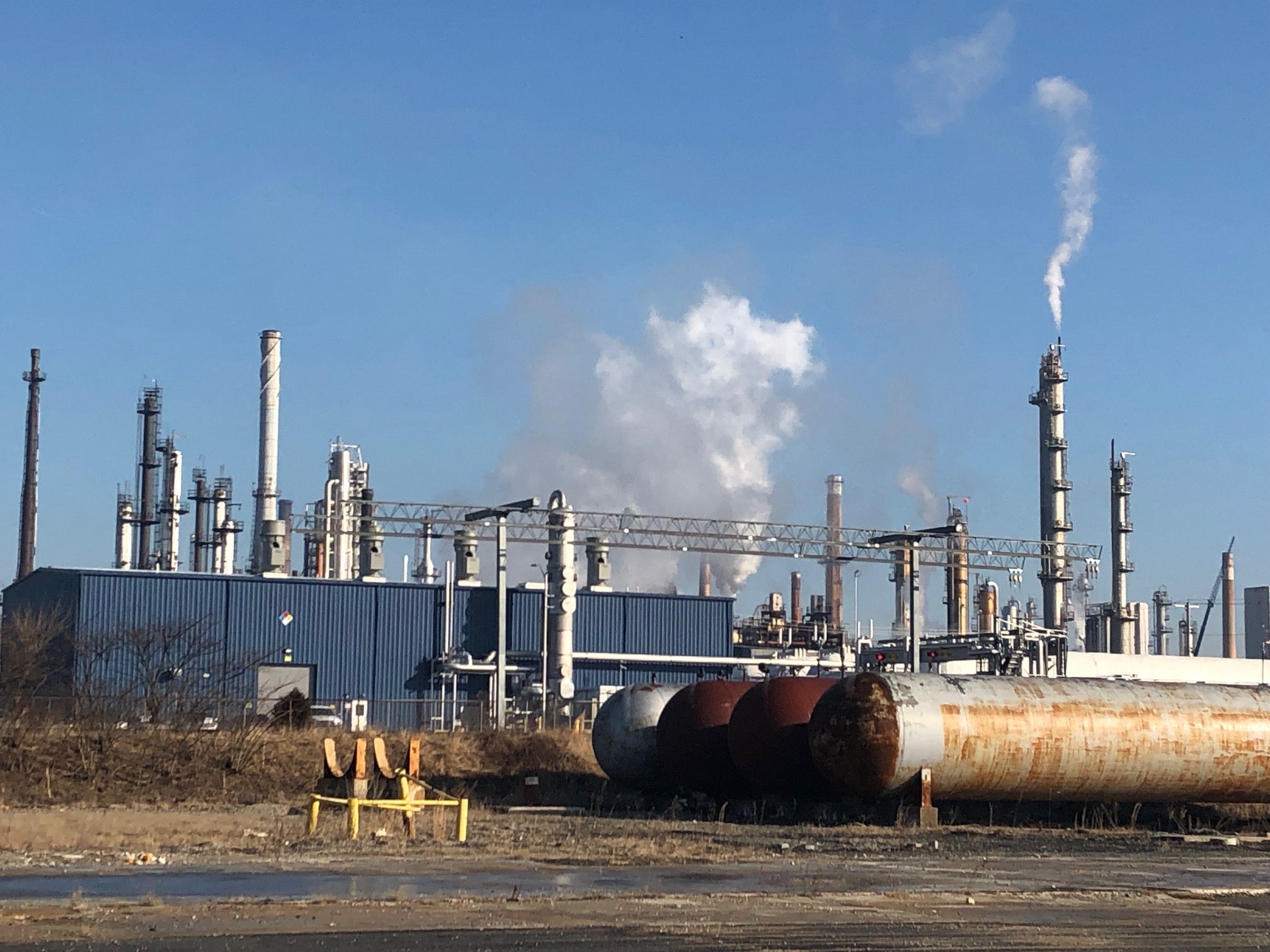
Residents want harsher penalties for the Delaware City Refinery
More than 86,000 people live within a 5-mile radius of the refinery, more than half of whom are people of color, and 20% live in low-income households, according to U.S. Environmental Protection Agency data.
George X has lived 2 miles from the refinery for decades, and is worried about health concerns reported by his neighbors over the years.
“We talked about a lot of things this evening, but they didn’t talk about when they’re going to stop the pollution,” he said. “We already know we’re being poisoned. We just want to know when you’re gonna stop.”
Residents and environmentalists for years have urged DNREC to direct harsher penalties on the refinery.
The refinery has historically been one of the region’s top polluters — releasing more than 4.6 million pounds of pollutants in 2023, according to EPA data.
The facility also has a history of violations, including three in just the past year.
In 2019, the refinery paid DNREC $950,000 to resolve a backlog of air quality violations. That same year, a fire that led to mechanical failures caused the emission of more than 842 pounds of hydrocarbons, 592 pounds of sulfur dioxide, 438 pounds of carbon monoxide, 80 pounds of nitrogen oxides and 4,300 pounds of sulfur dioxide, as well as an additional 4,300 pounds of sulfur dioxide from flaring.
According to the National Emissions Inventory, the refinery released more than 430,000 pounds of sulfur dioxide in 2020.
However, a spokesperson for the refinery said that since PBF acquired the facility from Valero Energy in 2010, there has been about an 83% reduction in sulfur dioxide emissions since 2022 compared to the last three years that Valero owned and operated it.
On Thursday, General Manager Michael Capone said he was regretful about the mechanical failure and aftermath, and promised to better communicate with the public in the future.
“We are working this thing around the clock to make sure that we get the unit complete, the work complete and the unit back online as quickly as possible,” he said.
“I want to assure all of the residents that we take each and every incident seriously. We do a detailed root cause … analysis to understand what that issue was and then we work to understand how to apply those learnings.”
Delaware
Delaware Lottery Play 3 Day, Play 3 Night winning numbers for June 5, 2025
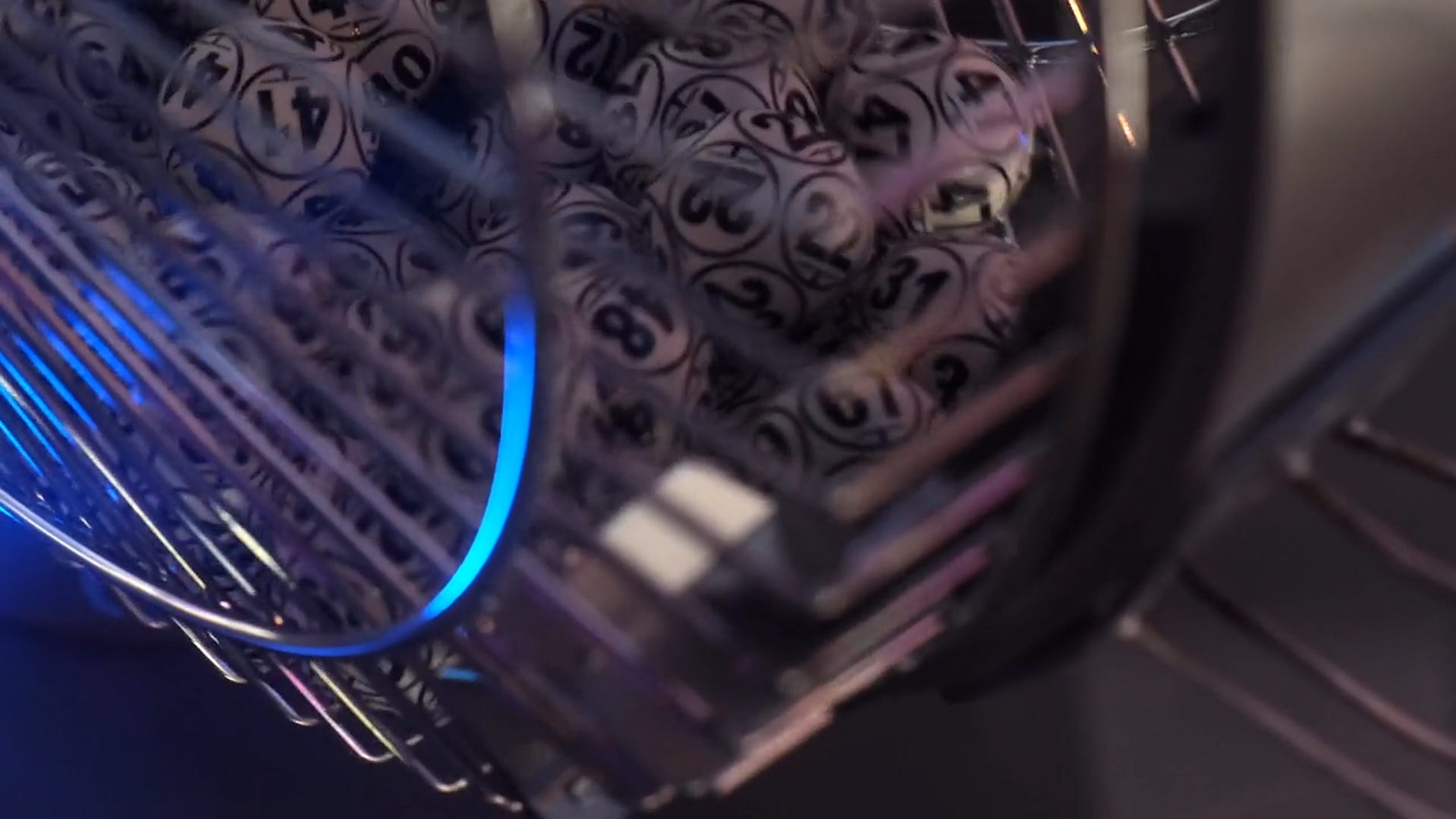
Claiming lottery in Delaware
18 states have laws that allow national lottery prize jackpot winners to remain anonymous, but is Delaware among them?
The Delaware Lottery offers several draw games for those aiming to win big. Here’s a look at Thursday, June 5, 2025 results for each game:
Winning Play 3 numbers from June 5 drawing
Day: 2-4-5
Night: 3-9-7
Check Play 3 payouts and previous drawings here.
Winning Play 4 numbers from June 5 drawing
Day: 6-1-2-4
Night: 5-2-1-8
Check Play 4 payouts and previous drawings here.
Winning Multi-Win Lotto numbers from June 5 drawing
01-04-09-21-22-35
Check Multi-Win Lotto payouts and previous drawings here.
Winning Lucky For Life numbers from June 5 drawing
01-14-19-28-41, Lucky Ball: 07
Check Lucky For Life payouts and previous drawings here.
Winning Play 5 numbers from June 5 drawing
Day: 7-8-6-8-1
Night: 1-6-6-1-1
Check Play 5 payouts and previous drawings here.
Feeling lucky? Explore the latest lottery news & results
Are you a winner? Here’s how to claim your lottery prize
- Sign the Ticket: Establish legal ownership by signing the back of your ticket with an ink pen.
- Prizes up to $599: Claim at any Delaware Lottery Retailer, in person at the Delaware Lottery Office, or mail your signed ticket and claim form; print your name/address on the ticket’s back and keep a copy/photo for records. By mail, send original tickets and documentation to: Delaware Lottery, 1575 McKee Road, Suite 102, Dover, DE 19904.
- Prizes up to $2,500: Claim in person at Delaware Lottery Retailer Claim Centers throughout Kent, Sussex and New Castle Counties.
- Prizes of $5,001 or more: Claim in person at the Delaware Lottery Office (business days 8 a.m. to 4 p.m.) with a photo ID and Social Security card.
- For all prize claims, directions to the Delaware Lottery Office are available online or via mapquest.com for a map.
Check previous winning numbers and payouts at Delaware Lottery.
Can I claim a jackpot prize anonymously in Delaware?
Fortunately for First State residents, the Delaware Lottery allows winners remain anonymous. Unlike many other states that require a prize be over a certain jackpot, Delawareans can remain anonymous no matter how much, or how little, they win.
How long do I have to claim my prize in Delaware?
Tickets are valid for up to one year past the drawing date for drawing game prizes or within one year of the announced end of sales for Instant Games, according to delottery.com.
When are the Delaware Lottery drawings held?
- Powerball: 10:59 p.m. Monday, Wednesday, and Saturday.
- Mega Millions: 11:00 p.m. on Tuesday and Friday.
- Play 3, 4: Daily at 1:58 p.m. and 7:57 p.m., except Sunday afternoon.
- Multi-Win Lotto: 7:57 p.m. Monday, Wednesday, and Friday.
- Lucky for Life: Daily at 10:38 p.m.
- Lotto America: 11:00 p.m. Monday, Wednesday, and Saturday
Missed a draw? Peek at the past week’s winning numbers.
This results page was generated automatically using information from TinBu and a template written and reviewed by a Delaware Online digital operations manager. You can send feedback using this form.
Delaware
Integrating arts in Delaware classrooms spurs academic and emotional growth

This spring, her students created puppets tied to their English-language arts unit on global water issues.
“The current unit for ELA is to read about problems related to water around the world. They learned about problems with people not having enough water, problems with people not being able to get to water and having to walk really far, and then also water pollution,” she said. “And we focus mainly on water pollution … because in Wilmington, pollution, like on the streets, is a problem and it is something that the students can relate to.”
The curriculum encouraged students to create a video public service announcement — but Salisbury saw an opportunity to take it further.
“We decided that the video itself is already sort of adding a little artistic element, but creating the puppet as well will add sort of another aspect to it,” she said. “We sort of brainstormed all these different questions that we might ask a scientist or someone who lives by water, or even if we could talk to an animal that lives in the water, what could we ask them about water pollution and its effects?”
Through this approach, students brought to life characters ranging from scientists to river otters affected by pollution. As they brainstormed, designed and sewed their puppets, they merged science, language and art into one unified project.
The impact was especially noticeable with students who arrived midyear.
“Even like this year, I had two students come sort of in the middle of fall … There’s one in particular, she really blossomed into being very artistic,” Salisbury said. “She’s made a ton of growth in reading this year, and writing as well, which is super exciting. And I remember right before winter break she even said to me … ‘Thank you so much for all that you’ve taught me. Like, my old school… I didn’t learn like this. I didn’t understand anything.’”

Salisbury believes immersing into the arts gives students more control over their learning — especially during a season that can be overwhelming.
“Opening myself up to adding arts in … helps to make things seem a little less serious and … adds a little more fun and joy into what we’re doing,” she added.
-

 News1 week ago
News1 week agoVideo: Faizan Zaki Wins Spelling Bee
-

 Politics7 days ago
Politics7 days agoMichelle Obama facing backlash over claim about women's reproductive health
-

 News1 week ago
News1 week agoVideo: Harvard Commencement Speaker Congratulates and Thanks Graduates
-

 Politics1 week ago
Politics1 week agoMusk officially steps down from DOGE after wrapping work streamlining government
-

 News1 week ago
News1 week agoPresident Trump pardons rapper NBA YoungBoy in flurry of clemency actions
-

 Technology1 week ago
Technology1 week agoAI could consume more power than Bitcoin by the end of 2025
-

 Technology1 week ago
Technology1 week agoSEC drops Binance lawsuit in yet another gift to crypto
-

 Technology1 week ago
Technology1 week agoOpenAI wants ChatGPT to be a ‘super assistant’ for every part of your life
